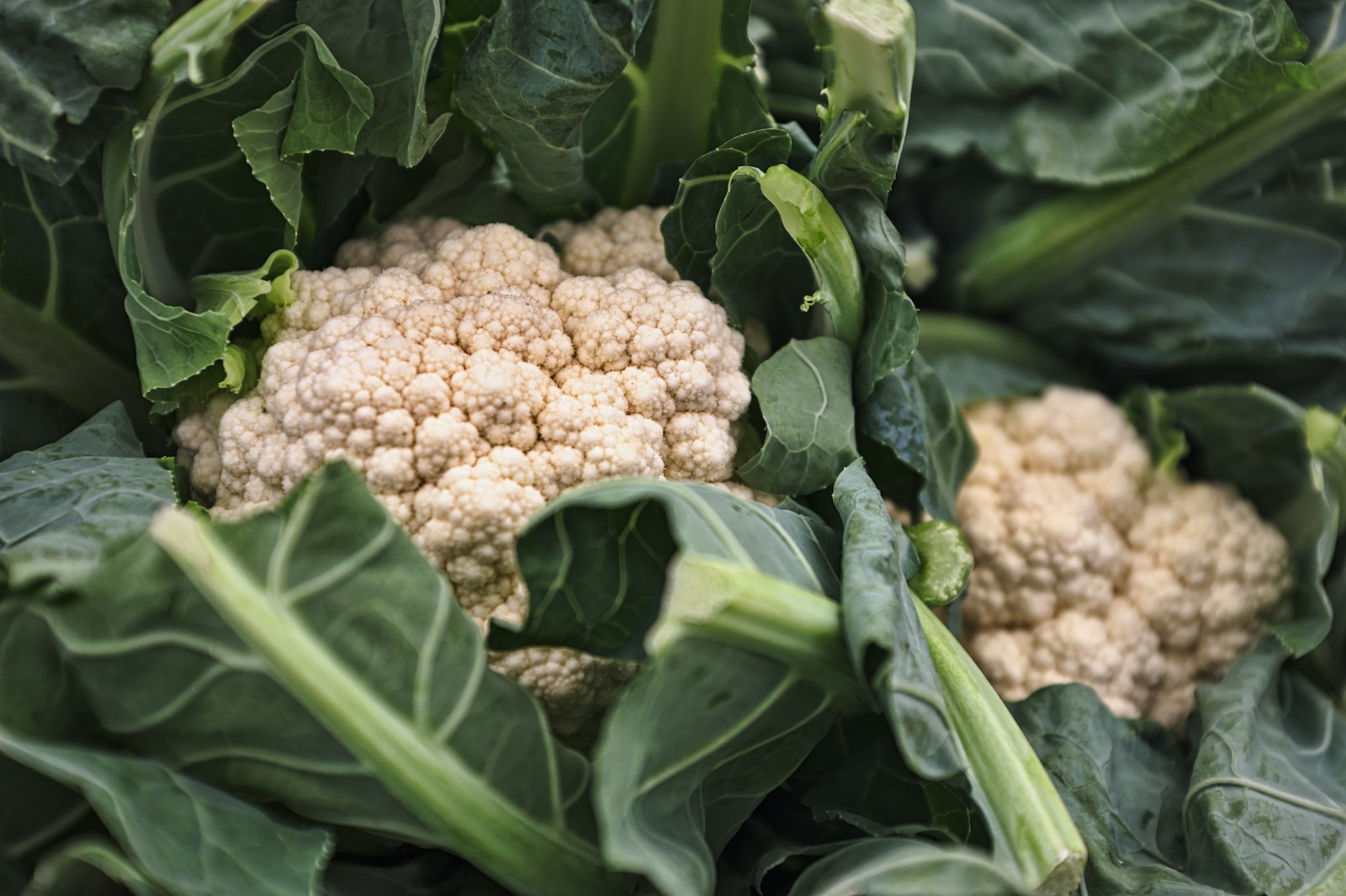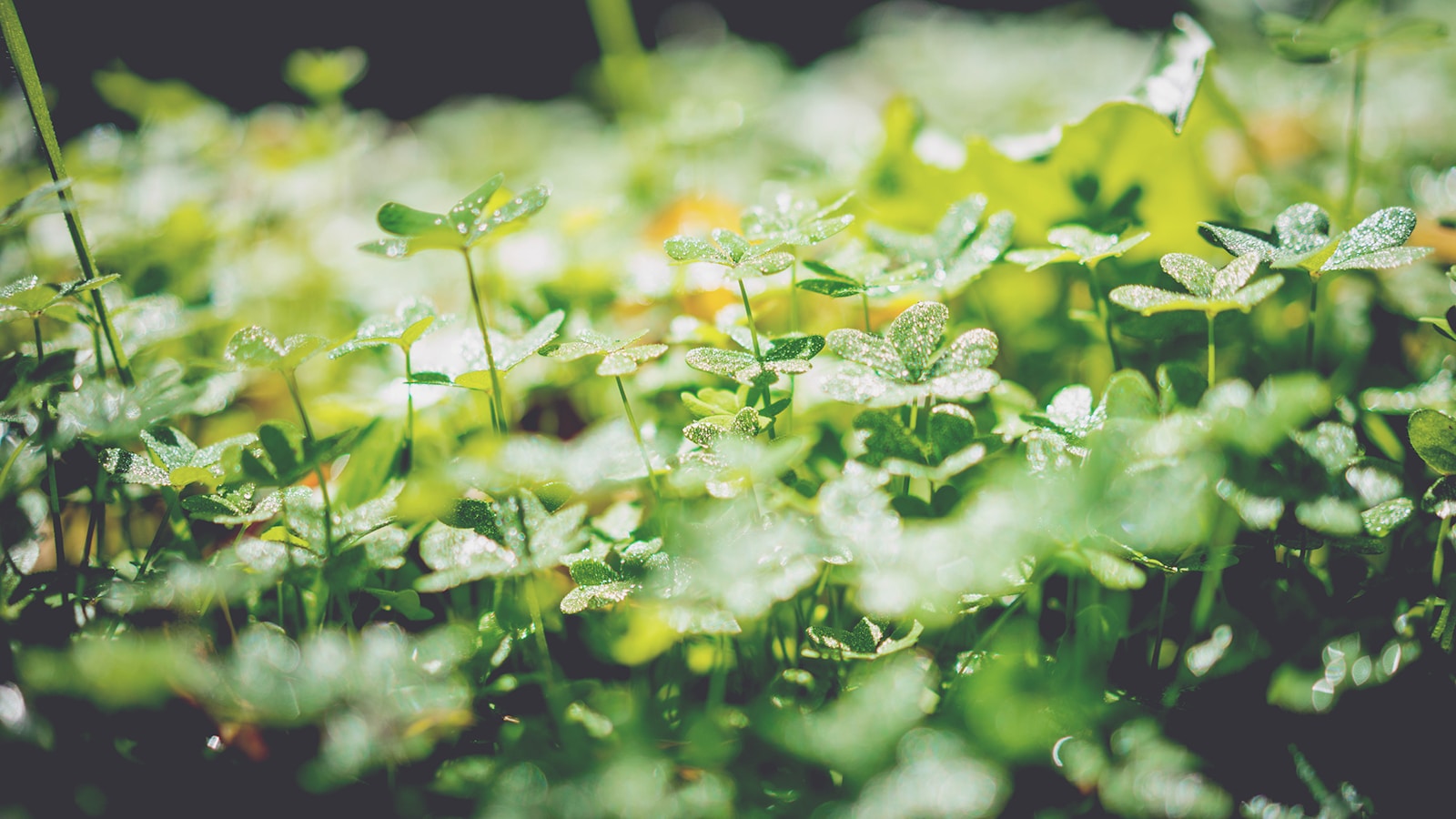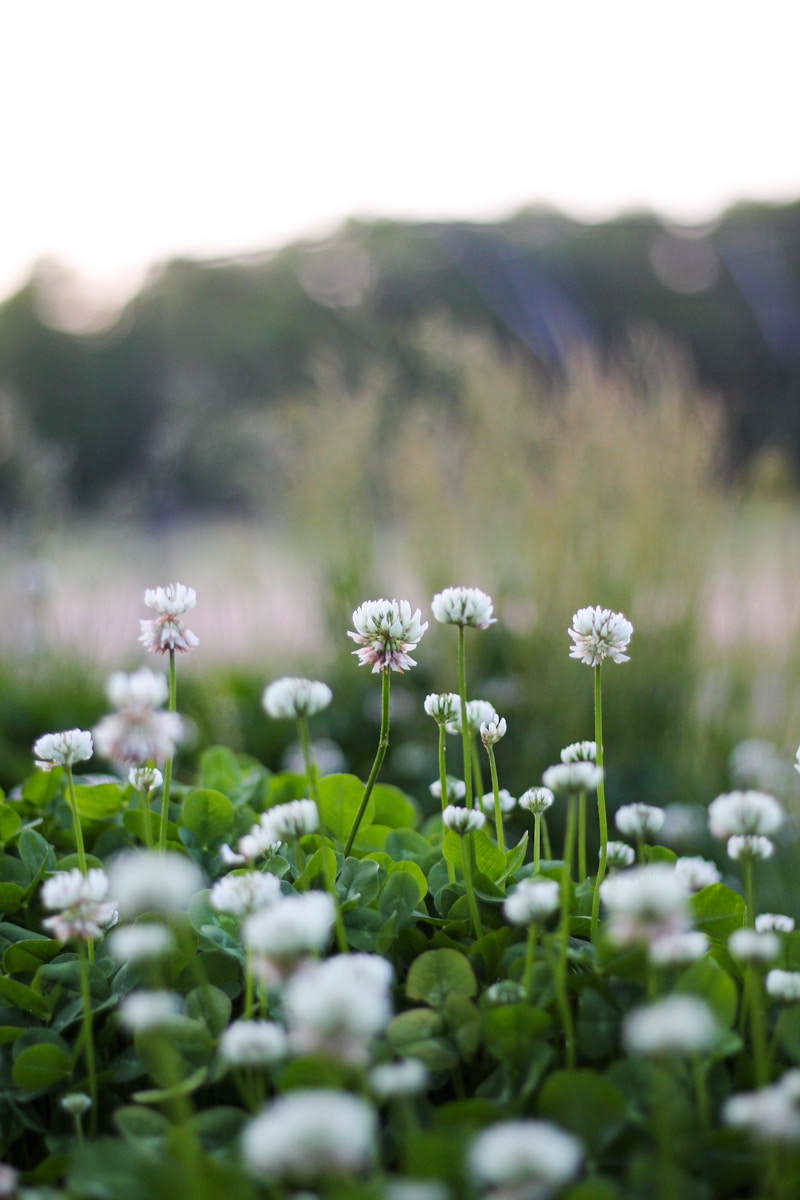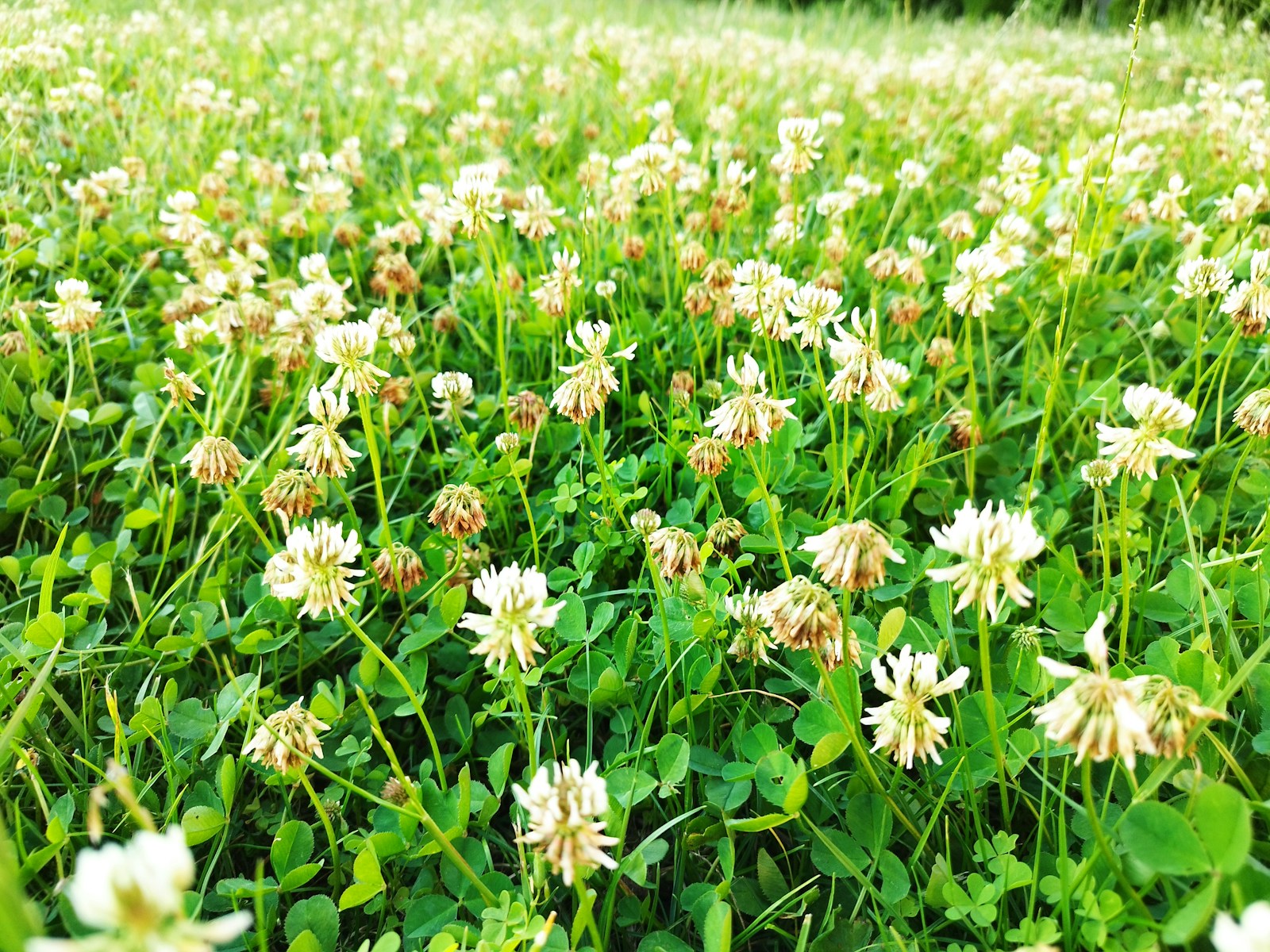Companion planting for cauliflower is a smart gardening strategy that enhances growth, deters pests, and improves soil health. By selecting the right plant neighbors, you can create a thriving ecosystem that supports your cauliflower crop and maximizes your garden’s productivity.
What Is Companion Planting?
Companion planting is the practice of growing different plants together to benefit each other. Some plants provide natural pest control, while others improve soil nutrients or enhance flavor. For cauliflower, choosing the right companions is essential to prevent pests and promote healthy growth.
Best Companion Plants for Cauliflower
Choosing the right companions can make all the difference. Some of the best plants to grow alongside cauliflower include:
1. Celery
- Benefits: Repels cabbage moths and provides ground cover.
- How to Plant: Space 6-8 inches apart around cauliflower.
2. Spinach
- Benefits: Maximizes space by utilizing ground cover and helps retain moisture.
- How to Plant: Sow seeds in the spaces between cauliflower rows.
3. Onions and Garlic
- Benefits: Deter common pests like aphids and cabbage worms.
- How to Plant: Interplant with cauliflower, spacing 4-6 inches apart.
4. Dill
- Benefits: Attracts beneficial insects like ladybugs and parasitic wasps.
- How to Plant: Plant along the edges of your cauliflower bed.
5. Nasturtiums
- Benefits: Act as a trap crop by attracting aphids away from cauliflower.
- How to Plant: Plant around the perimeter of your garden.
6. Thyme
- Benefits: Deters cabbage worms and enhances cauliflower flavor.
- How to Plant: Use as a border plant to protect cauliflower.
Plants to Avoid Near Cauliflower
Some plants can hinder cauliflower growth and attract unwanted pests. Avoid planting cauliflower near:
- Tomatoes: Compete for nutrients and space.
- Strawberries: Attract slugs and pests harmful to cauliflower.
- Corn: Shades out cauliflower and competes for soil nutrients.
Step-by-Step Guide to Companion Planting Cauliflower
- Plan Your Layout: Identify companion plants and their spacing needs.
- Prepare the Soil: Ensure nutrient-rich, well-drained soil.
- Plant in Groups: Position companion plants strategically around cauliflower.
- Water Consistently: Keep the soil moist but not waterlogged.
- Monitor Growth: Watch for signs of pest activity and adjust as needed.
Common Mistakes and Solutions
- Overcrowding: Ensure proper spacing to prevent competition.
- Ignoring Pest Management: Introduce beneficial insects or use natural repellents.
- Poor Soil Preparation: Enrich soil with compost before planting.
Environmental Benefits of Companion Planting
Companion planting reduces the need for chemical pesticides and fertilizers, creating a more sustainable gardening practice. It promotes biodiversity, improves soil health, and attracts pollinators.
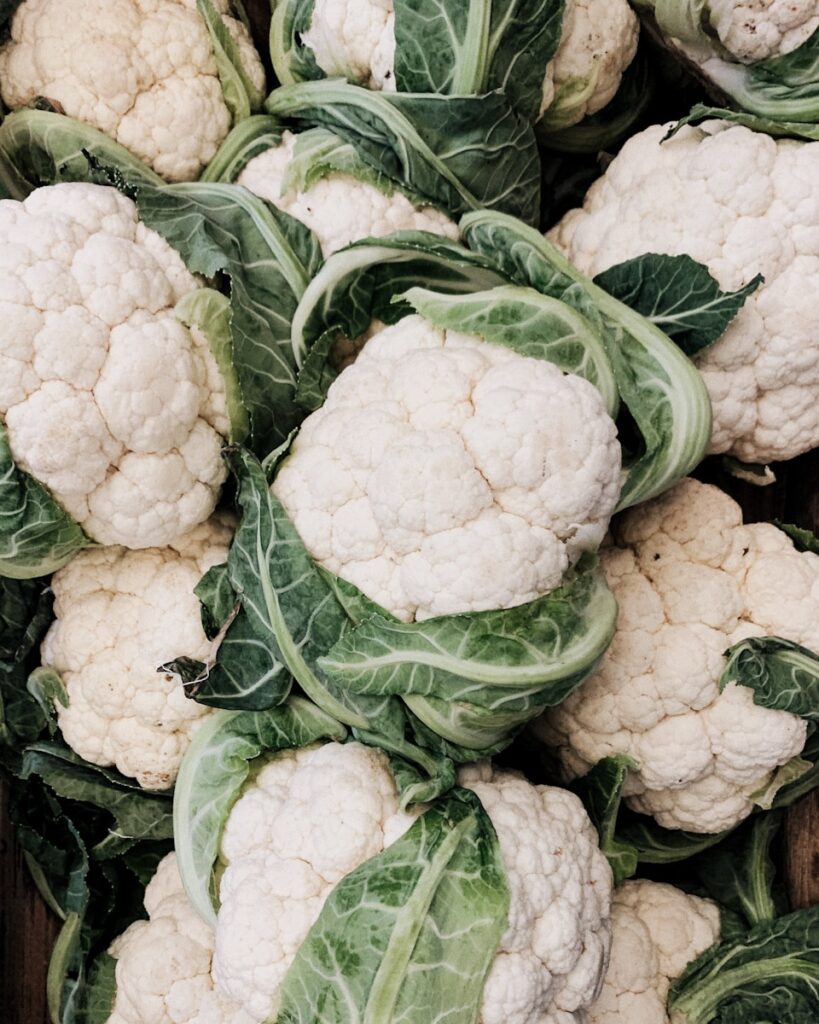
Real-Life Success Stories
Many gardeners have reported healthier cauliflower crops when using companion planting methods. For example, one home gardener in Minnesota found that planting dill and nasturtiums around their cauliflower patch significantly reduced aphid infestations.
Final Thoughts
Companion planting for cauliflower is a simple yet effective way to enhance your garden’s health and productivity. By choosing the right companion plants, you can naturally deter pests, improve soil quality, and enjoy a bountiful cauliflower harvest.
